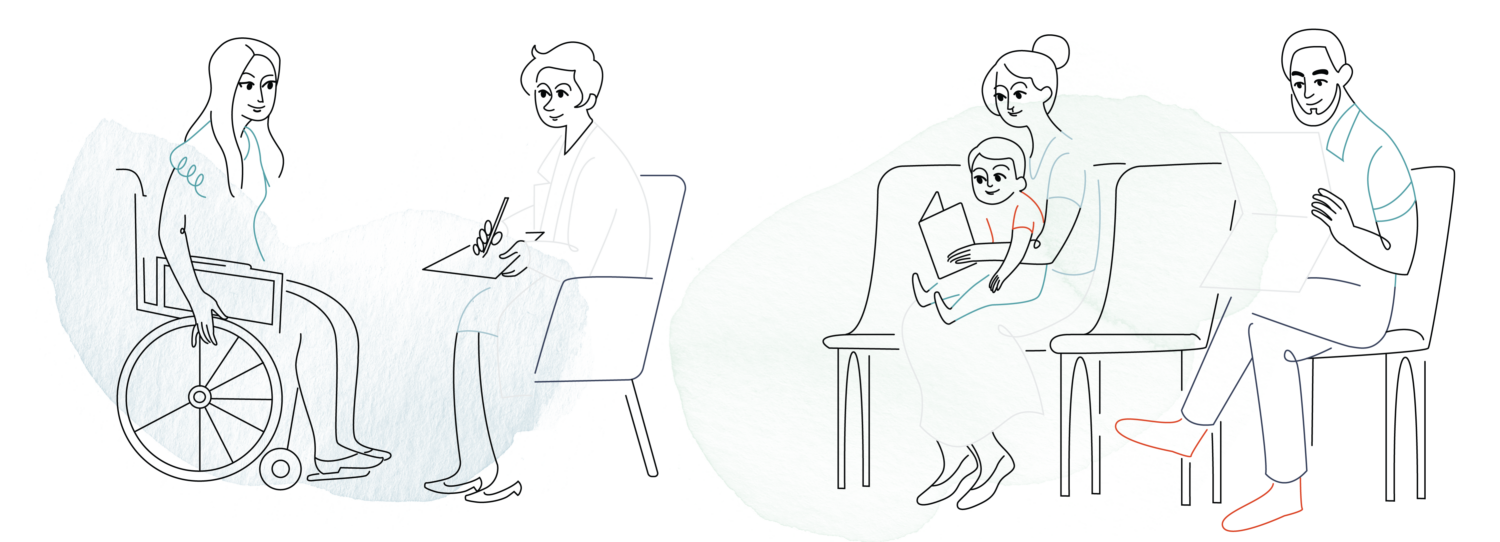When it comes to healthcare, ensuring the satisfaction and positive experience of patients or members should be a priority of networks. However, this seems not to be the case for some, particularly those that have inadequate provider networks. Contrary to what many people think, having a sufficient number of healthcare providers in a network does not necessarily mean that members have easy access to quality care options. This is where adequacy standards come in, but are they enough to ensure a positive member experience?
Deep Dive
To start, it is important to understand what adequacy standards are. Network adequacy refers to the sufficiency of healthcare professionals, facilities, and services available in a given network to ensure that members receive timely, accessible, and quality healthcare services. To measure this, regulatory agencies or accrediting bodies set standards, such as minimum provider-to-member ratios or distance and travel time requirements, that healthcare providers must meet. However, these standards are often not enough to guarantee satisfactory experiences for members.
One issue is that adequacy standards tend to focus on the quantity rather than the access to healthcare providers in a network. For instance, meeting the minimum provider-to-member ratio does not necessarily mean members won’t experience long wait times or do not offer convenient appointment schedules.
Furthermore, adequacy standards do not account for other non-clinical factors that affect member experience. These include factors such as the network’s reputation, customer service, communication with members, and the ease of navigating through the healthcare system. All these factors can significantly affect whether members feel good about their experiences or not, and eventually, whether they remain loyal or switch to a different network.
Another issue with adequacy standards is that they may not be updated to reflect the changing needs and demands of members. For example, with the increasing prevalence of telemedicine and virtual care options, members may expect their providers to have such capabilities. However, if providers do not offer these services or do not list them in their directories, members may feel limited in their options and hence, dissatisfied with their experiences.
It is important to note that member experience is not just about satisfaction but also about health outcomes. Research has shown that members who have positive experiences are more likely to comply with treatment plans, follow-up on preventive care, and ultimately achieve better health outcomes. Therefore, providers need to go beyond meeting adequacy standards and strive to optimize member experience to ensure that members receive the best possible care.

Go Beyond
While adequacy standards are crucial in measuring network sufficiency, they are not enough to ensure a positive member experience. To achieve this, providers need to go beyond meeting minimum requirements and focus on providing quality care that is accessible, timely, and patient-centered. This involves incorporating non-clinical factors, such as reputation, customer service, and the ease of navigating through the system, into network adequacy assessments. It also means regularly updating adequacy standards to reflect the changing needs and expectations of members. In doing so, providers can not only provide better care but also improve health outcomes and promote loyalty from their members.
Let’s be more than adequate together!




